We installed our own hard drive in the EX-10Q and took a ran a few benchmarks. After these benchmarks were completed, we took the drive out of the external case and connected the hard drive directly to the SATA II cable connected directly to the motherboard and ran the same benchmarks to give you an idea of what to expect as a guideline. A benchmark of your drive is likely to product different results but you can use our numbers to gauge overall performance differences between the EX-10Q connected through USB 3.0 as opposed to through an on board controller.
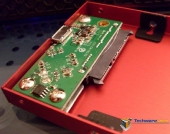 |
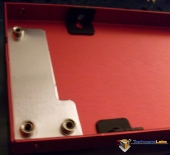 |
| With the cover off. | With the controller board removed |
A look under the hood of the EX-10Q provides no surprises. What we have here is the simple circuitry and SATA/power interface as well as some vibration dampening foam and your mounting holes for the drive. The addition of the vibration dampening foam is quite nice as most 2.5″ portable enclosures skim right over this added extra leaving you with nothing but metal on metal noise.
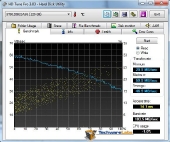 |
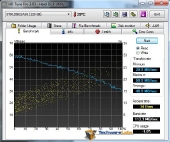 |
| HD Tune Pro with the HD in the EX-10Q | HD Tune Pro with the HDD connected directly to the motherboard |
The scores here were pretty close and goes to show USB 3.0 is worth every penny for the added performance.
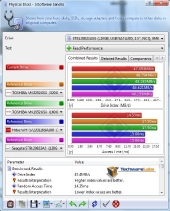 |
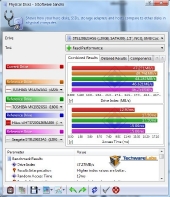 |
| SiSoft Physical Disk in EX-10Q | SiSoft Physical Disk with HDD directly connected to motherboard |
The SiSoft benchmark of Physical Disk shows only a tenth of a difference between EX-10Q and directly connected SATA Port. Impressive!

Overall I have to agree. Last quarter while I was looking through at Walmart I had the same arrangement. I eventually to acquire it.